Artificial Intelligence: How Far We've Come and How Far We Still Have to Go - Part 1

Often when hearing the term of Artificial Intelligence (AI) people think of images from movies like the Terminator or The Matrix where robots are either fighting or in control of the human race. Usually the thoughts progress as:
- Man creates AI
- AI determines humans to be a problem to the AI itself and/or Humanity
- AI seeks to destroy and/or control all humans
Fortunately, where AI currently is and these dystopia movies are very far apart. The places we see AI applied in our day to day life right now are all dealing with specific tasks, where their main benefit is to handle large amounts of data in a short amount of time, then either making a prediction or performing an action to achieve a goal. These task specific programs are known as weak AI, versus a general or strong AI which can handle essentially anything that it put before it. In all reality it's the strong AI that we see personified in futuristic movies.

Examples of Weak or Task Specific AI
First it's worth mentioning that some people have concerns on the impact of weak AI as well, typically being the displacement of humans from certain 'repetitive task or data search' jobs. But there are quite a few places that weak AI has been quite beneficial to increasing efficiency by being able to deal with mass amounts of data in a short enough period of time.
Smart Power Grid
Weak AI helps our power grid adapt in real time by monitoring in real time many factors such as
- Current demand for power (more lights being turned on at night time, more AC/heaters when hot/cold, etc,)
- Variable supply: When more renewable (wind, solar, etc.) power is being generated, the smart grid can for example shut down some coal based generators
- Allow the localized power stations to redirect "share" excess power with those areas that are needing more electricity at that time which increases effeciency.
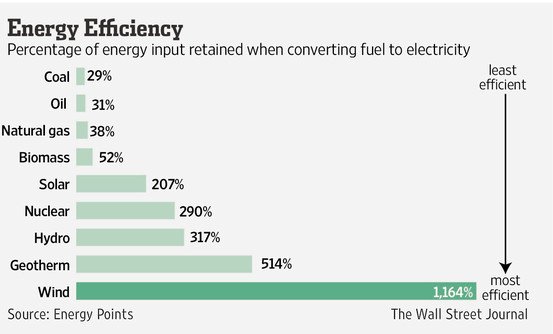
Identification Programs
Weak AI is typically in use when performing a bio-metrics like identifying fingerprints, scanning your eye, reading license plates or even facial recognition. Have you ever wondered how Facebook is able to identify which of your friends are in your pictures so you can easily tag them? They use a program called DeepFace that has a 97% accuracy rate of correctly identifying people.
Game AI
Weak AI is also used to either competitively play strategy games or embedded into our video games to make them more exciting. These are other examples of task specific programs that are limited in what they can do, even if they do them very well.
Remember the movie 80's movie WarGames where the computer is told to play tic tac toe against itself, causing it to have infinite tie games until it shut down, thus averting World War 3? Tic tac toe has a limited strategy, where if you know it, you will either win or tie every single time.
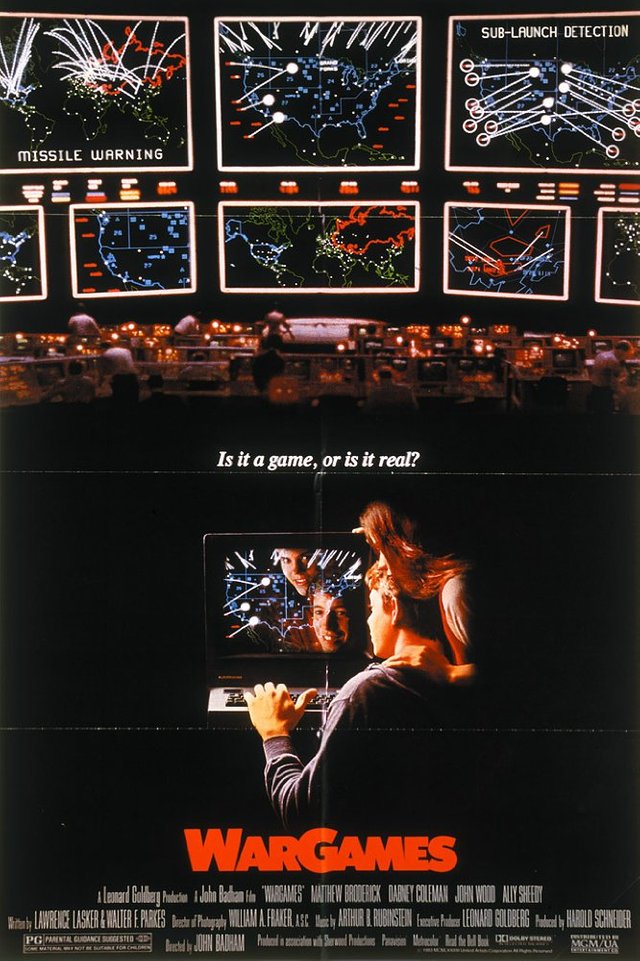
Back in 1997 the chess playing computer called DeepBlue beat the human world champion Garry Kasparov. In the last year, a weak AI program, named AlphaGo managed to beat the world Go champion.
You may remember back in the day that in video games, when you interacted with a computerized character that it used to do or say the same thing every time? Over the years weak AI has been applied into our video games to change things up a bit. The Fable Series for example tried to push the envelope a bit where these computerized character instead had a general routine it was trying to complete (smelt ore, hammer and shape metal, then sharpen a sword) that they could get back to when you interrupted them. They even tried to apply a 'memory' of sorts where these computer characters would 'remember' previous actions you had with them, thus changing their behavior.
Some more interesting 'games' have been made over the years trying to further push the envelope of interactive character such as Project Milo.

Some Current Methods Used in Weak AI
Neural Networks
Recognition tasks like the bio-metrics and facial recognition we talked about earlier are done using Neural Networks. Every neural net has some input neurons, output neurons, with at least one (usually many more) middle or hidden layers. Each neuron in the first layer, connect to every neuron in the second, which connects to the third layer, and so on. Much like in our own brains, the connections that 'fire together' strengthen while the ones who have opposite states have weaker connections.
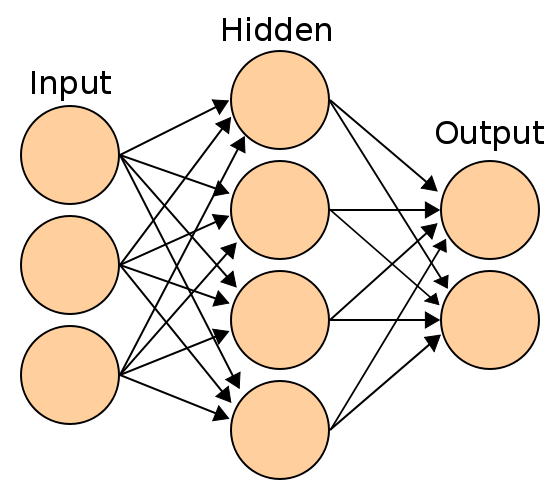
Neural nets are typically trained over a period of time to get its accuracy up. For an example of this training, think about the facial recognition being done on one of your Facebook pictures. You have 1000 friends and the neural net needs to be trained to identify if your latest picture matches any of them.
Your input is your new picture, which it processes, and then gives you an answer of a match (or matches none of them.) The human (or training program) tells the neural net if it was correct or not. Over time, after being fed thousands and thousands (in reality even more) of pictures, the net changes the strengths of the connections between neurons until it has an acceptable accuracy.
While these systems can have pretty high accuracy on whatever task it is trained in, one major drawback is that it can't turn around and tell you exactly WHY it thinks that way. In this sense neural nets provide a 'gut instinct' or best guess of sorts, but it can't reconstruct any sort of logic on why it came to that specific answer.
Knowledge Based Systems and Intelligent Agents
On the other side of the coin, knowledge based (KB) systems using intelligent agents can always tell you WHY it came up with it's answer. The downside here is that it doesn't always handle unknowns terribly well like the neural nets can at least handle enough to give an answer. KB systems use at least a couple of logic graphs to come up with it's answers; one to determine the state of the world (or concept graph) and the one made up of plans, goals and actions.
The concept graph takes in real world data like current weather (temperature, humidity, wind speed and direction, etc.) that it can combine with other information (aggregation) to model more complex concepts. For example, imagine an unmanned airplane that just took off from St. Louis and wants to know if it can make it to it's destination of New York without needing to stop and refuel. When flying against a 30 mph wind, it takes more fuel to cover the same distance. So the concept graph has to see the direction of the place, the direction and speed of the wind, as well as how much fuel the plane consumes. This would build up an aggregated concept of "Distance traveled in Wind Conditions."
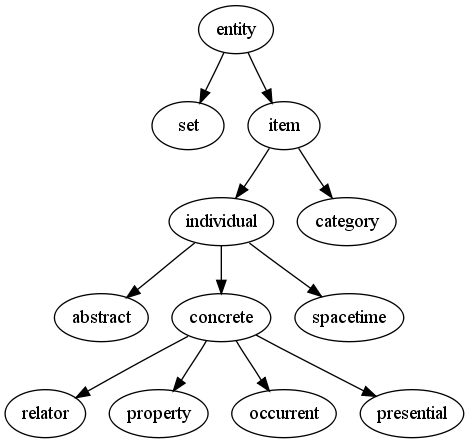
The plan, goal and action (PGA) graph always starts with a top level goal it tries to achieve. In this case, the top goal would be to make the trip to New York without crashing. The first Plan is to travel to New York without stopping and this looks at the the other graph to see if it has enough fuel to make it without stopping to refuel. If it's determined it can, it will continue all the way until it reaches it's final destination. If it's determined if will not have enough fuel, it goes to the next level goal of "Land Midway in Hershey, PA to refuel." So the Plan kicks off to stop and refuel, and when at the right coordinates, enact the Action to land.
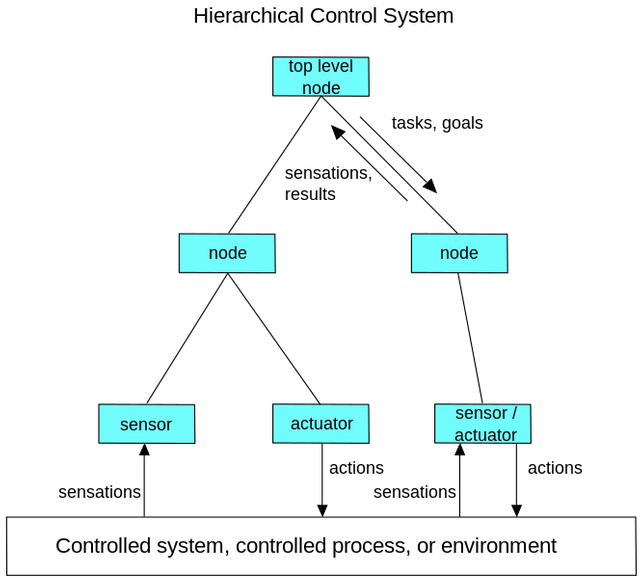
You can see some of the other methods used in weak AI here.

The next part will cover Strong or General AI.

Are you new to Steemit and Looking for Answers? - Try https://www.steemithelp.net.


Image Sources:
AI Robots
Energy Efficiency Chart
WarGames
Neural Net
Ontology Tree
Planning Graph

Super proud of this post and you! You've really come a long way in your understanding of AI and this was all very well put!
I'm upvoting, promoting and resteeming this. Keep up the great work!
Thank you! I actually worked as a knowledge engineer for about 5 years...really miss that job. The next couple part or two in this series will be a little more outside of what I'd directly done before, should be interesting. :)
Amen, nicely done for sure
This was fun to read
Thank you! I enjoyed writing this one.
The next part should be a good time too, more on the next steps of research on general AI and then artificial sentience! :D
WPB loves AI.
Haha! I'd submit to WPB overlords! :P
Resistance is futile.
Source
So glad we still have so far to go. I don't want to be around for "human robots" walking around society with me. Heck, self driving cars is enough for me to digest...lol.
Hehe, I can understand. I do remember the talk we had on it during the last postcast. I'd be nice to simply envision the human robots like Rosie (the robot maid) from the Jetsons! :P
That would rock!
Shared on twitter
Disclaimer: I am just a bot trying to be helpful.
Awesome! Tyvm!
Greaaaaaaaaaaaaaaaat job!
Thank you!
It's been a bit overdue for me to get back on the AI posts. Next part should be pretty fun, getting more on the strong AI, then sentience aspect of things. :)
you were headed there pre-move w the #AllElon posts that week lol.
Hehe, true true. Kinda of skirted the issue with the open AI universe. Kinda needed a full post on it :)
AI is such an intriguing topic always. Thank you for the read.
TY! I worked in this field for a while before the local office closed. The next part or two (depending how long stuff goes) should be pretty good, general AI and then sentience. :D
Glad you enjoyed it!
Have any of you watched the movie out for a year or 2 now --- Ex Machina?
If not, it fits right into this post nicely
and frankly so does the Pierce Brosnan movie out a few mths now --- literally titled AI
Both are stellar watches and you can find them on your Android/KODI boxes etc or the online similar sites.
... allegedly -- lol
Heh, don't think I've watched either of those. I'll def check them out. TYTY!
AI: aka politicians.